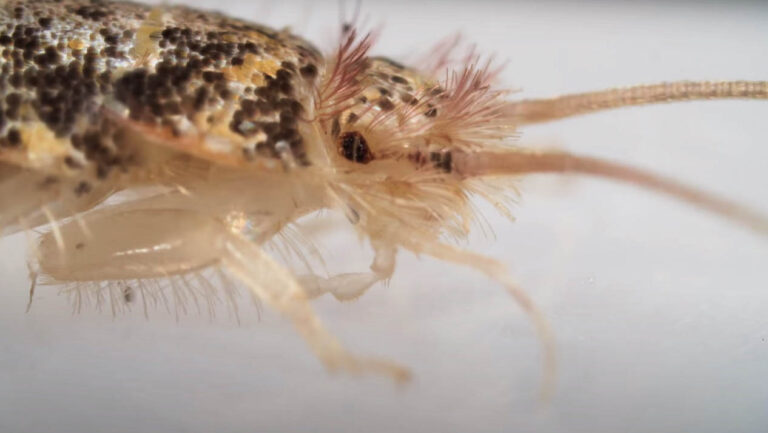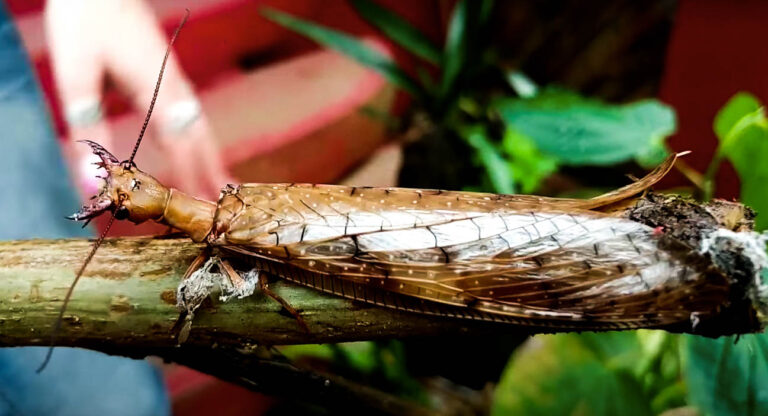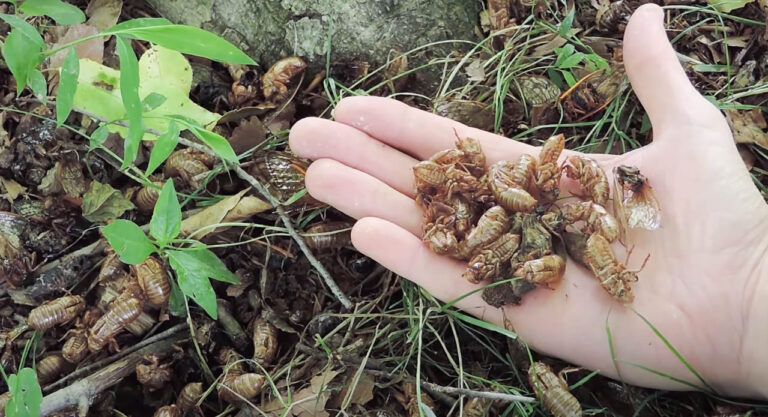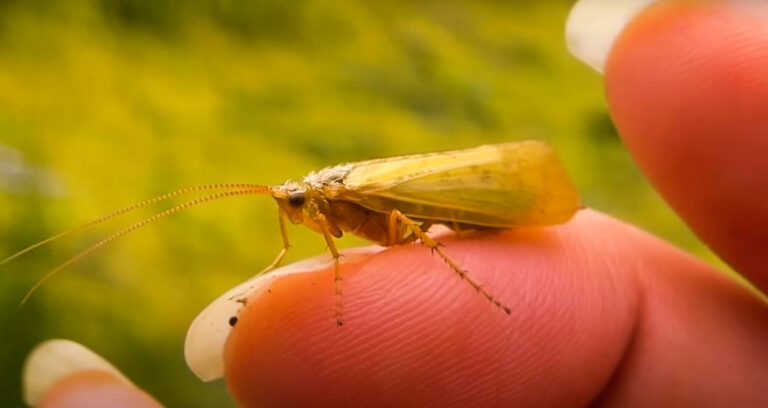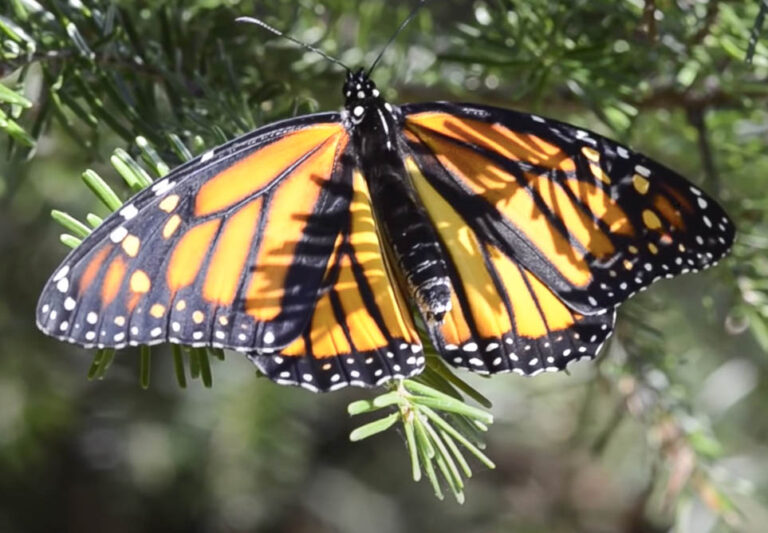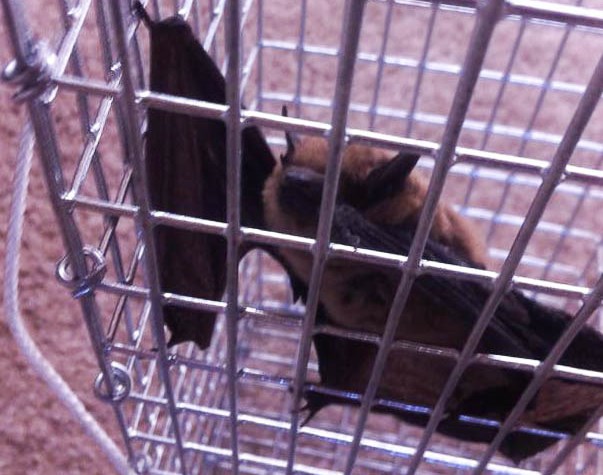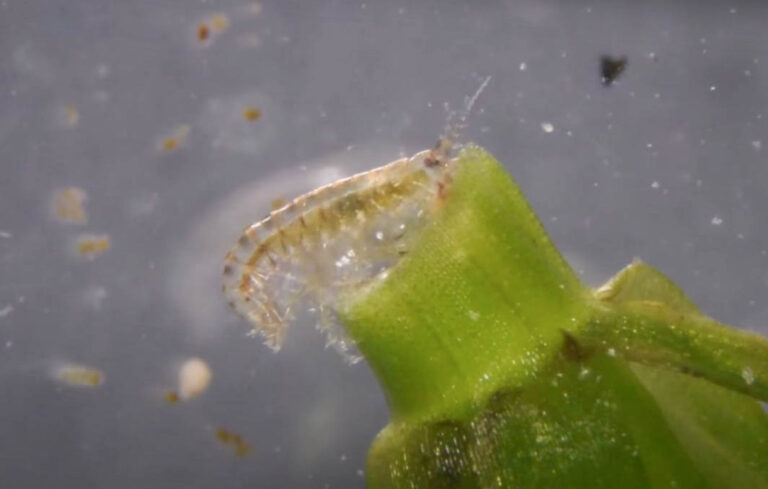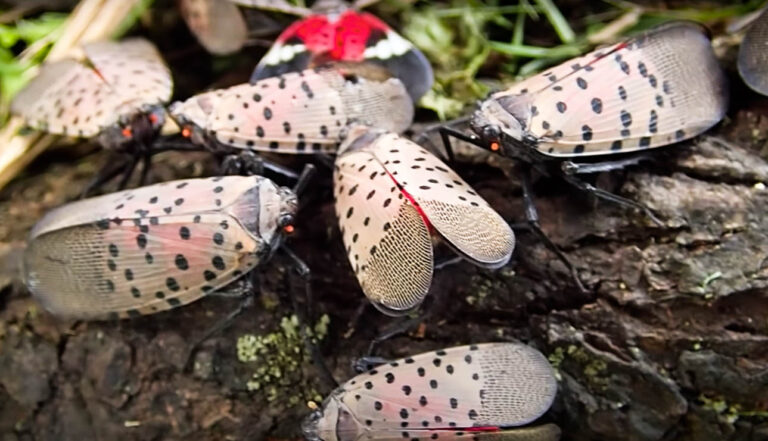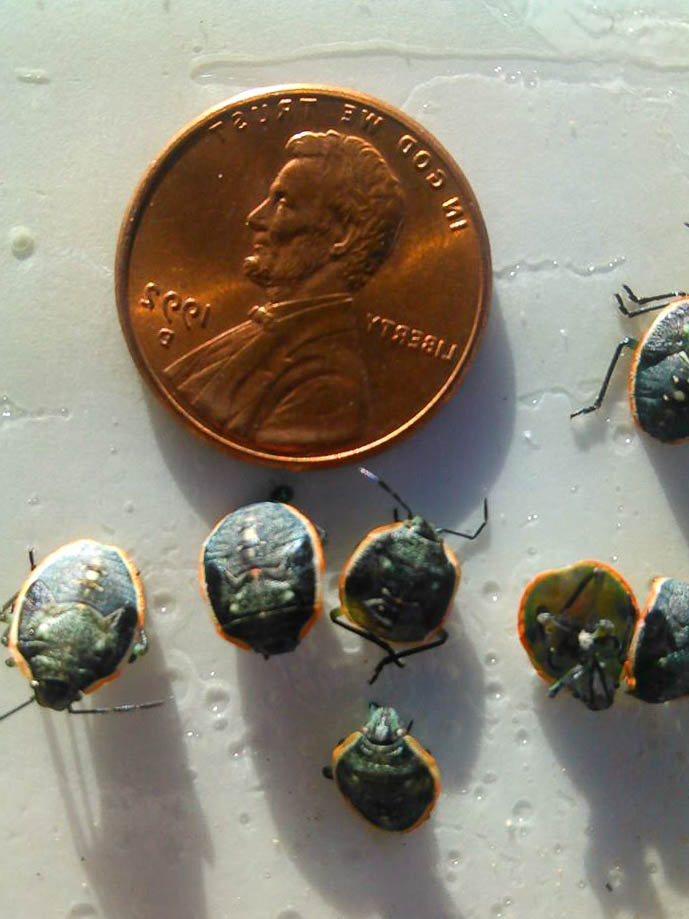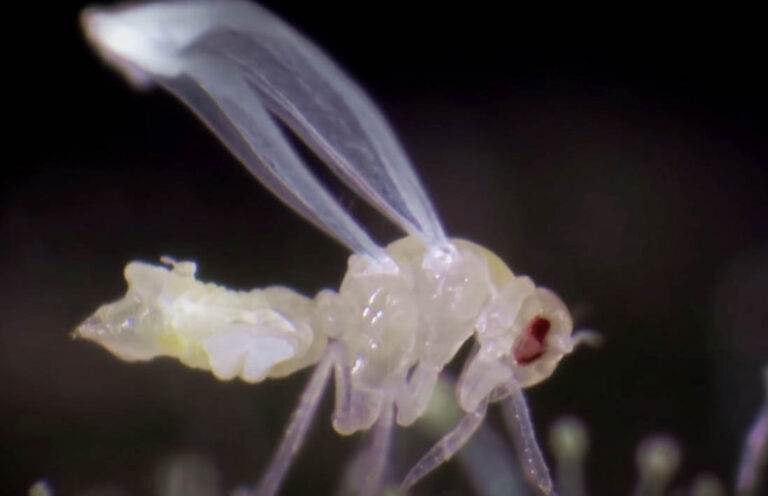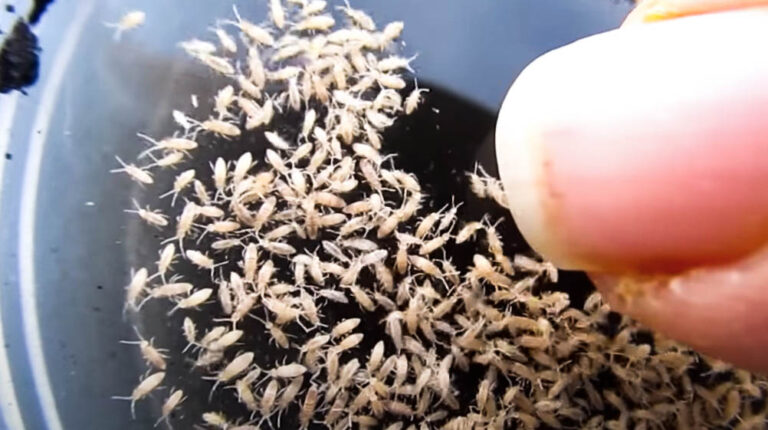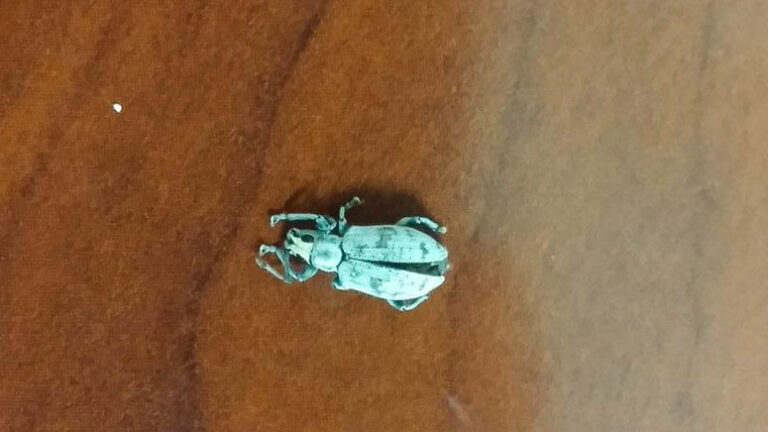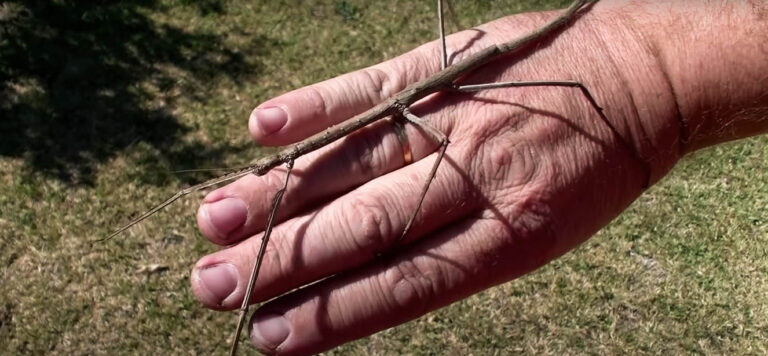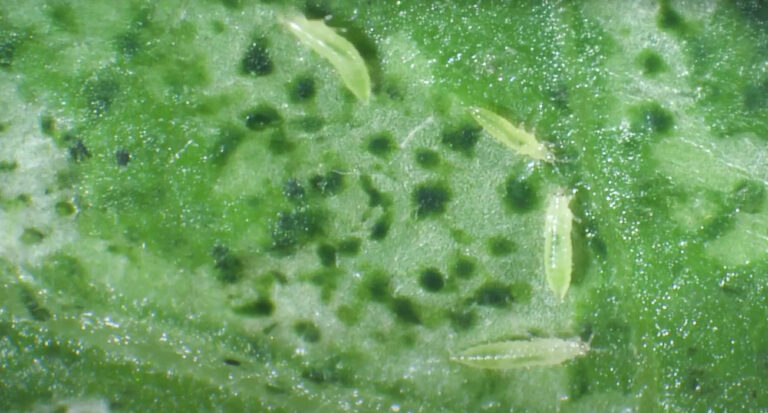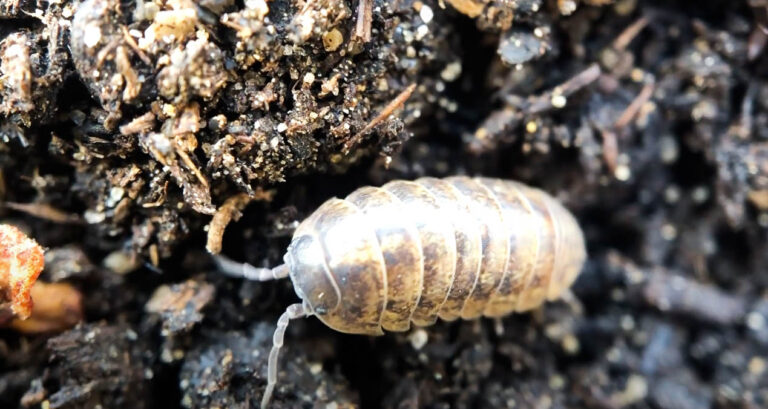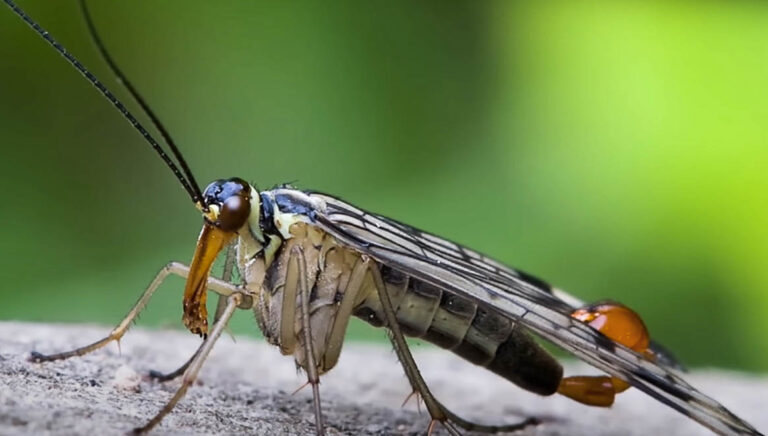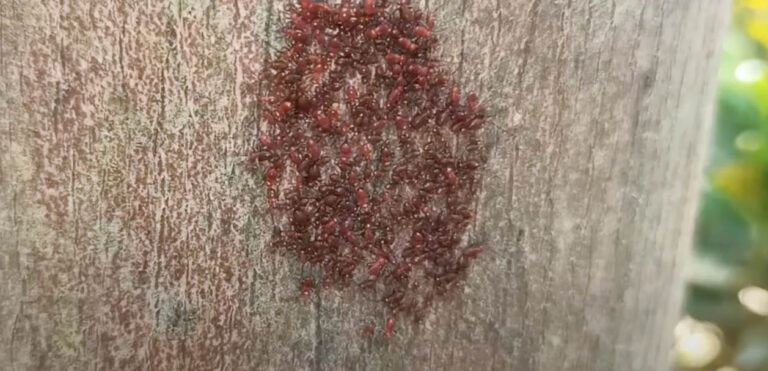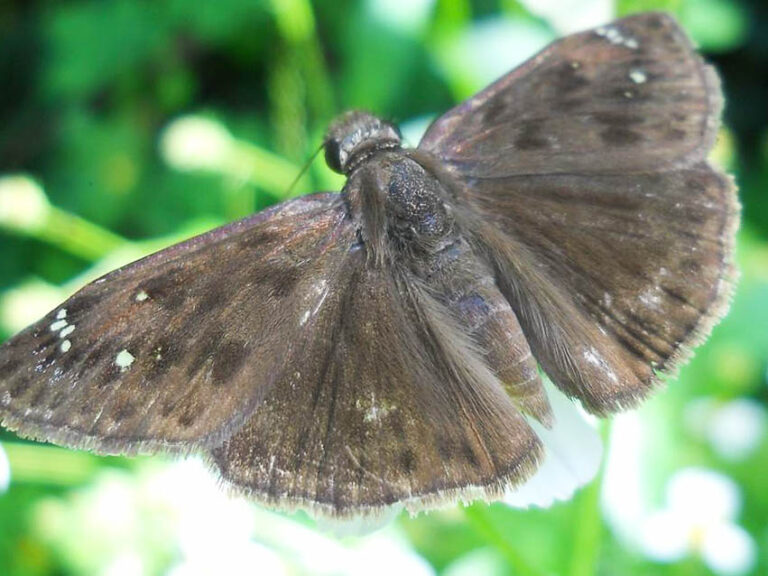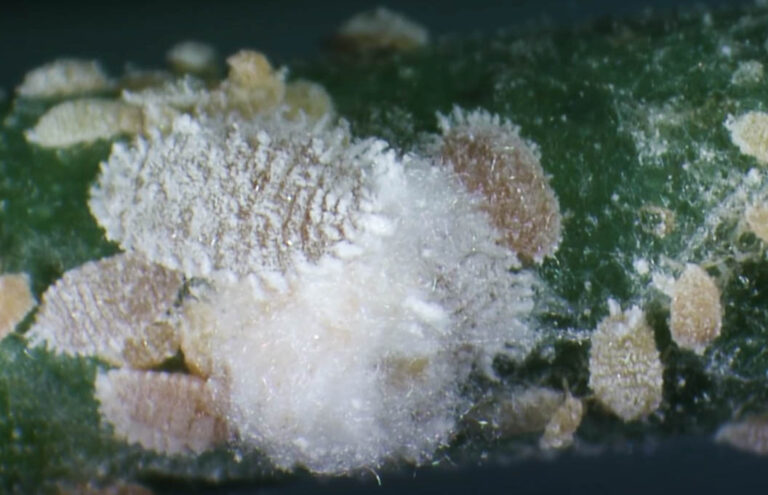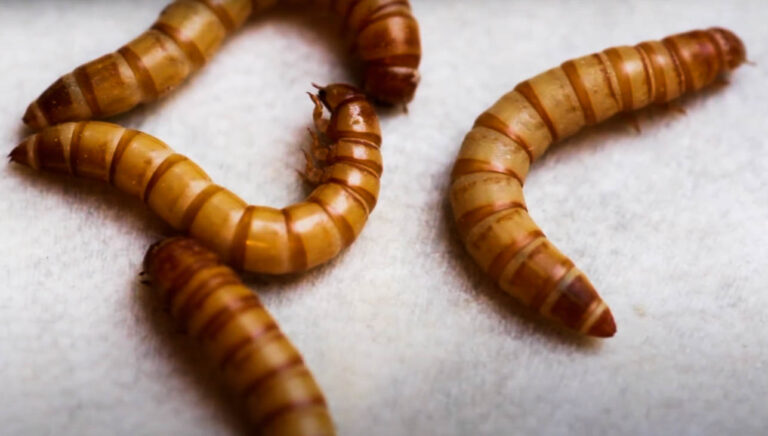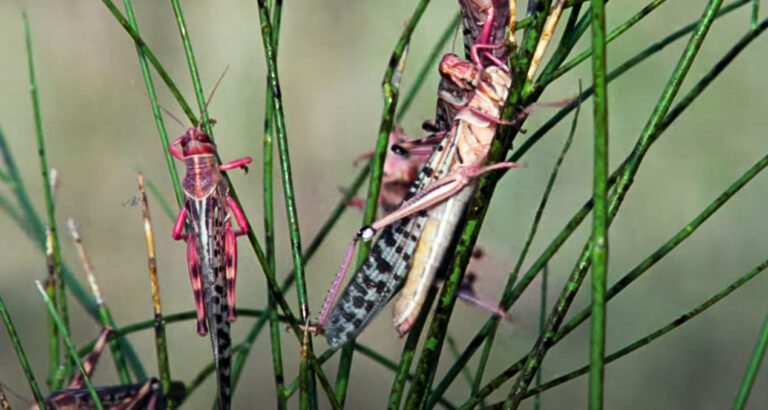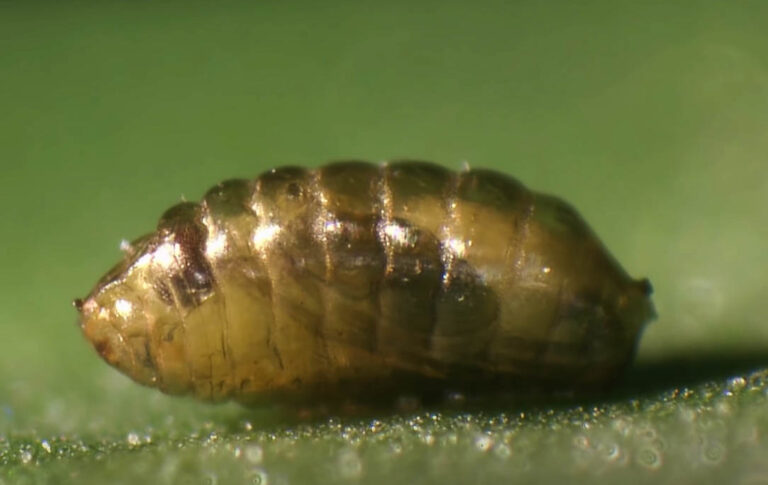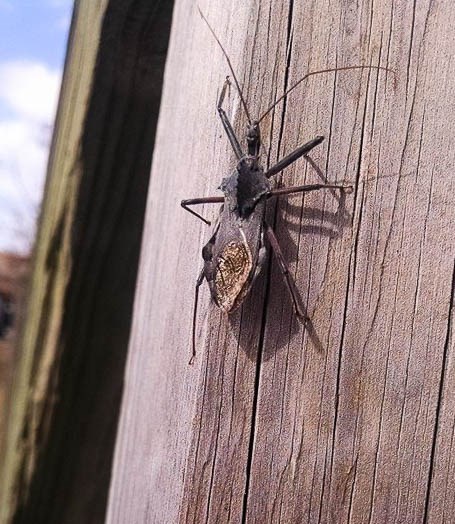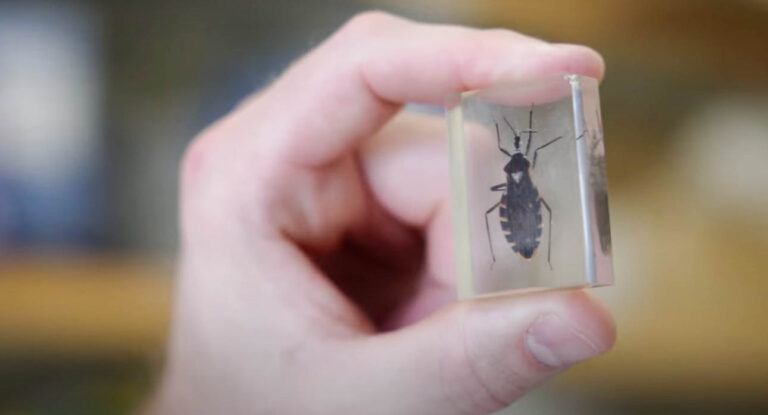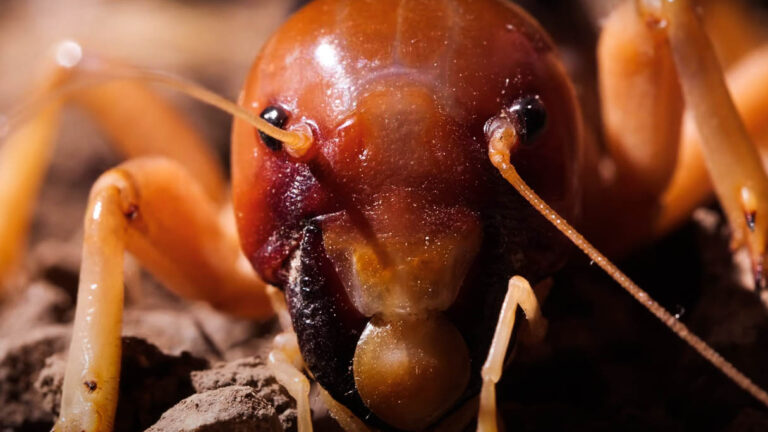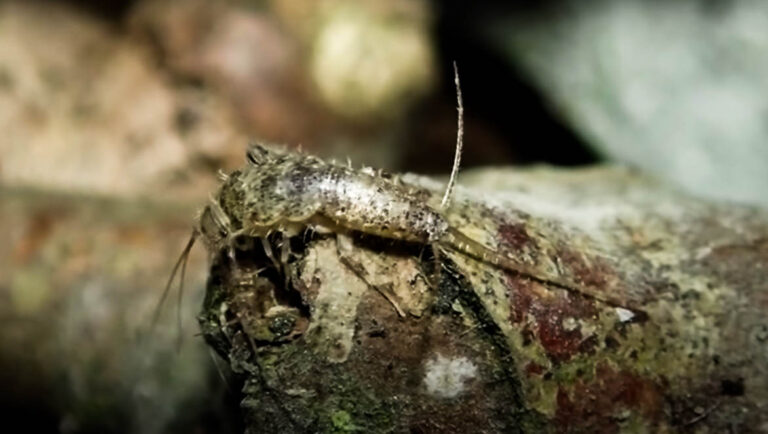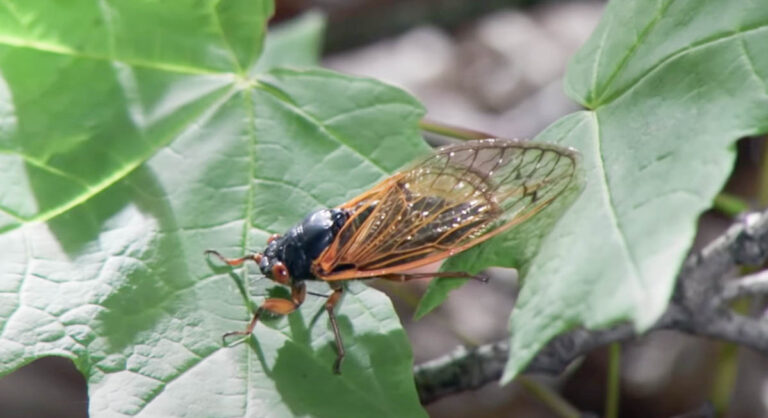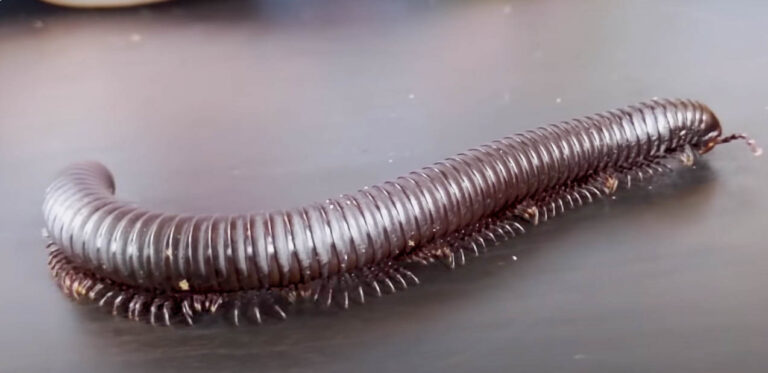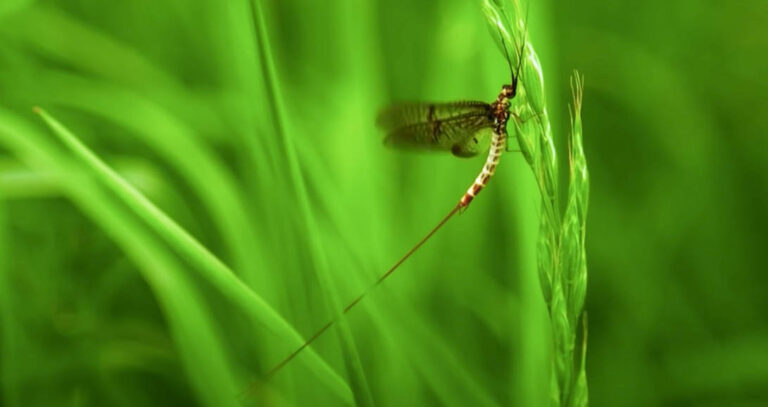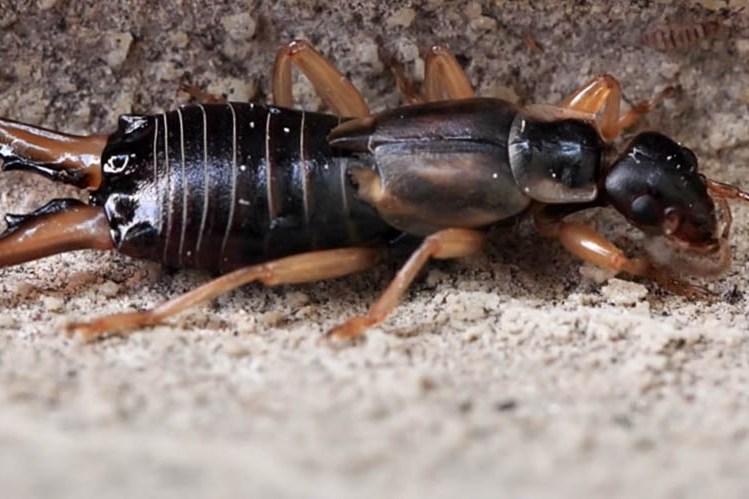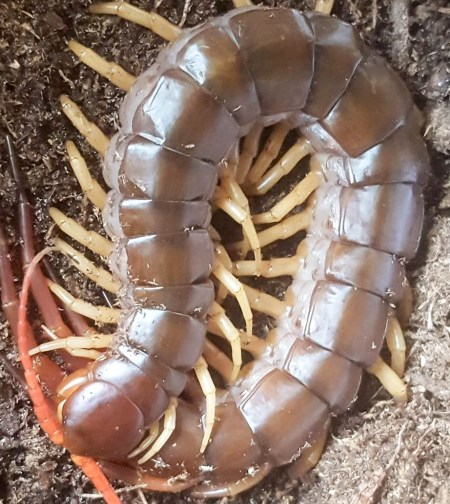About Locusts
About Locusts
If not for any other thing, you should know that locusts are associated with the evergreen story of the Egyptian plague. In the story, these tiny insects are described as one of the few insects on earth with an extremely voracious feeding habit. Their mouth part allows them to devour a field crop or a garden plant within minutes. Let’s take a look at some of their distinctive physical features.
Appearance
With over 600 species of locusts in North America alone, it’s difficult to attach a particular color identification to locusts. But they usually have a color range from very drab to very colorful. This color range majorly depends on the current weather condition around the locust. The following are some of the physical features of locusts which can be used to identify them;
- Size – Typically, mature locusts are large insects with two long antennae that are about half the length of their body size.
- Body – A typical locust will have long back legs which it uses for leaping and a pair of short front legs for balance. A mature locust also has two pairs of wings at the front and back of its body.
- Head – At a mature stage, a locust has a large head that is more prominent than other body parts. The head has chewing mouthparts which it uses in devouring a large number of field crops and vegetation. Locusts also have a large compound eye which they use to catch a glimpse of what’s going on in their environment.
Behavior
Locusts undergo an incomplete metamorphosis which usually gets completed within a year, hence their life cycle consists of egg, nymph (the wingless stage), and adult (winged stage). Immediately when locusts become adults, they set out to look for a mating partner. When they finally find one, they engage in a mating behavior known as mate guarding. Here, the male moves around on the back of the female throughout the courting period. After successfully mating, the female looks for moist soil to deposit its eggs. This is usually done in clusters of 8-25 eggs. Laying of eggs starts around late summer when conditions are most favorable and hatching takes place in the spring.

Habitat
Naturally, locusts are not home invaders. They only invade homes in rare cases because they can’t survive for long when indoors. The natural habitat of locusts is grassland, gardens, lawns and crop fields, and other places where there is an abundance of fresh leaves. Depending on the species, some locusts can also be found in aquatic and forested environments.
Damage They Cause
Despite having large mouthparts, locusts rarely bite people. Instead, they use their mouthparts to damage growing vegetables and plants. Locusts don’t just feed in isolation, they feed in swarms and an ideal swarm can have a population of about a billion locusts. Their huge population and individual agility and voracious feeding habit allows them to devour hectares within a short time. Field crops, gardens, and grasslands are considered easy targets for locusts.
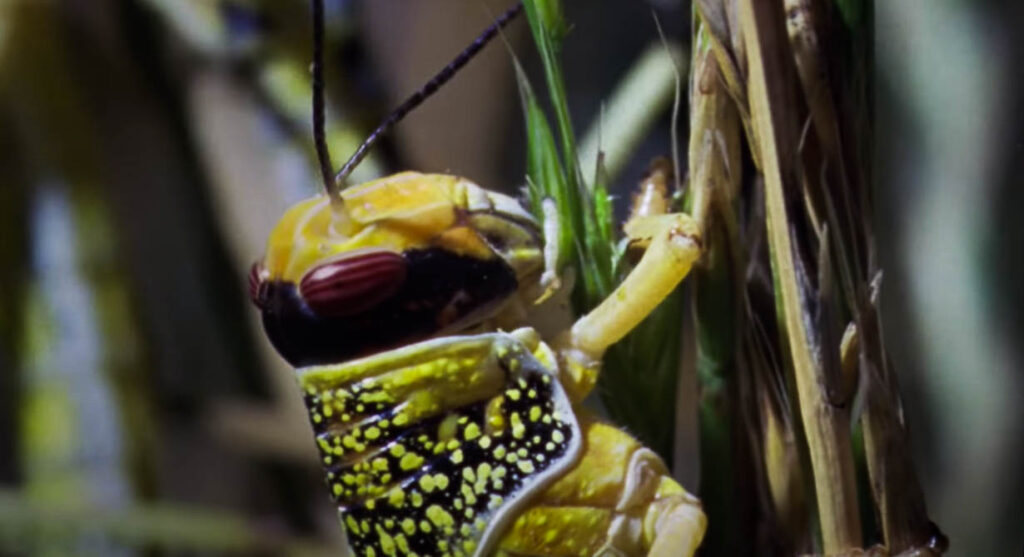
Infestation Signs
Since locusts move around in swarms, the only obvious sign of locusts can only be noticed at the early stages of invasion and this can only be noticed a few hours before the infestation itself. Here, winged locusts can be seen flying around in groups. This particular sign is the only obvious sign of a locust infestation.
How to Get Rid of Them
When it comes to getting rid of locusts, it can be a challenging task mainly because of their behavioral characteristics and their high population. In most cases, locusts are controlled by using chemical sprays which are directly applied on the locusts or the plants they are to infest. If you choose to use this method, you must check out the product’s label for proper application. You can also involve a pest management professional to help put you through the process. There are other non-chemical methods that you can use to get rid of locusts. These include hand picking them off plants, using protective insect mesh or clothes to cover the surface of plants, and leaving some tall green grasses uncut as an alternative food for locusts.

